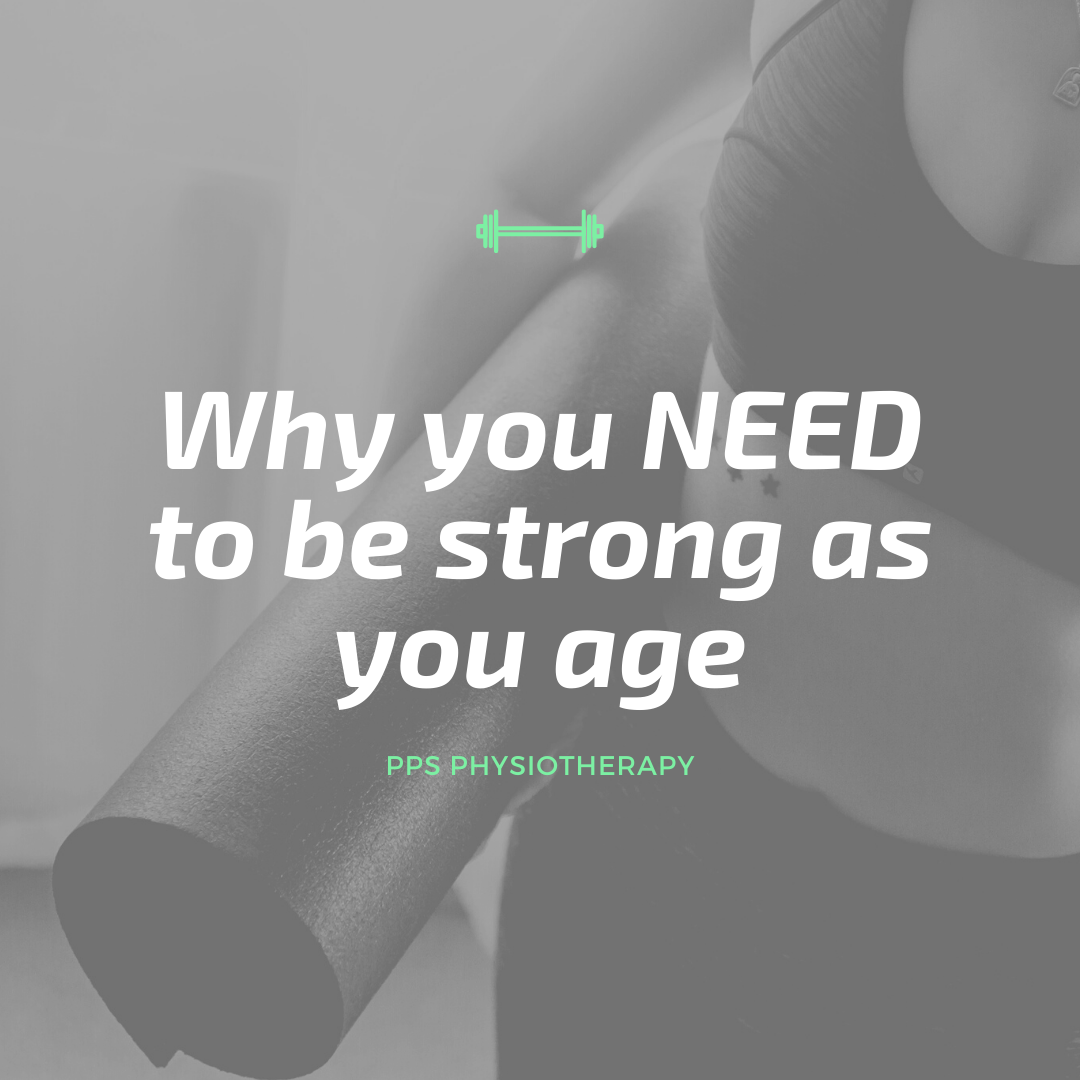As we get older, we tend to choose to relax a bit more and avoid the hard work we were once accustomed to. As a result, we become much less active in our day to day lives and we stop doing as much exercise. Only about 40% of adults over the age of 50 reach the recommended activity levels. This further decreases to less than 9% after the age of 75 and in people aged between 80-90 years, very few of them are participating in even 30 minutes of exercise a day!
This is particularly worrying when you consider that with increasing age our muscles undergo both structural and functional changes. This is physically represented as a reduction in muscle mass and muscle strength. Often we notice these changes as tasks that were once easy become much more difficult. These include things such as standing up from a chair, climbing up and down the stairs, balancing on uneven grounds, and even walking short distances. Therefore, we should be doing MORE exercise as we get older rather than less but unfortunately this is not the pattern that we see. Without regular exercise, people over the age of 50 years can also experience a whole range of other health problems including:
- Reduced cardiovascular and respiratory function
- Reduced bone strength
- Increased body fat levels
- Increased blood pressure
- Increased susceptibility to mood disorders, such as anxiety and depression
- Increased risk of various diseases including cardiovascular disease and stroke
The benefits of exercise
The main reasons that elderly people are not engaging in exercise are being sick, in pain, or being fearful of injury. However, we know that regular exercise and maintaining an active lifestyle are beneficial for all of these. There is a direct link between low levels of physical activity and the presence of chronic health conditions and illness. Exercise and physical activity are able to help reduce high blood pressure, high blood glucose, obesity levels, cardiovascular disease, and type 2 diabetes. Older adults who are stronger and have better fitness than their counterparts are much more independent, have less limitations in their day-to-day lives and also have 30-50% less disability.
Exercise has also been shown to help with the mental health of the older population. Older adults who participate in community-based fitness and sports classes and maintained this for 6 months have been found to have better mental health, with reduced anxiety and depression symptoms and increased self-esteem.
Exercising to reduce falls
As we get older, the risk of falling and causing a severe injury or even death increases. Many injuries caused by falls end up in hospital and may cause a long term loss of independence. In some cases this may mean returning to home is not achievable and thus placement in an aged care facility. An estimated 30% of adults over 65 years of age fall at least once per year increasing to 50% for those over 80 years of age. However, it’s not just the injuries caused by falling that are a concern, but just the fear of falling is one of the largest causes of reduced activity among older adults. This further contributes to the weakening of muscles, a weaker heart and lungs, and an overall decline in function.
Exercises which revolve around balance training and strengthening the leg muscles are important components for preventing falls. Studies have found that the stronger a person’s handgrip and knee extension strength was, the lower their risk of falling. These people who were stronger and exercised more often, were also found to have a greatly reduced fear of falling over for the long term. For adults in the community, participation in physical activity such as individually tailored home exercise programs, strengthening programs in the gym, walking, or Tai Chi have all been shown to be effective in reducing falls.
How should the elderly exercise?
The World Health Organisation has published a list of recommendations for exercise for people aged 65 years and older:
- At least 150 minutes of moderate-intensity aerobic physical activity per week or at least 75 minutes of vigorous intensity aerobic physical activity per week or an equivalent combination of both
- Aerobic activity should be performed in bouts of at least 10 minutes duration.
- For additional health benefits, increase moderate intensity aerobic exercise to 300 minutes per week, or 150 minutes of vigorous-intensity aerobic exercise, or an equivalent combination of both
- Older adults, with poor mobility, should perform physical activity to enhance balance and prevent falls on 3 or more days per week.
- Muscle-strengthening activities, involving major muscle groups, should be done on 2 or more days a week
Where can I get help if I am concerned about my strength, function or balance?
Your best option is to firstly speak to your GP, physiotherapist or exercise physiologist. A physiotherapist or exercise physiologist will be able to prescribe an exercise program specific to you and your needs. This program will need to be progressed over time to ensure we can improve strength, balance and function to a level that improves your quality of life. This may take some time and you will need to commit to maintaining these exercises long term.
Top home exercises for the elderly:
Calf Raises
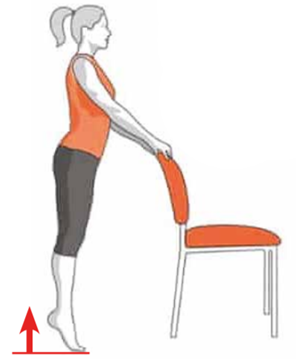
Sit to Stand
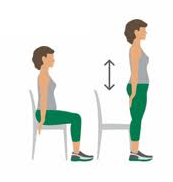
Marching on the spot
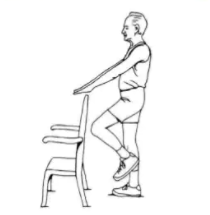
Side Leg Raises
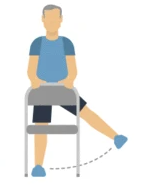
Note: The exercises noted above are a generalised prescription only and may not be suitable for your individual needs. For an exercise program tailored to your specific needs please consult with a physiotherapist or exercise physiologist.
- Kevin Guo – Physiotherapist

